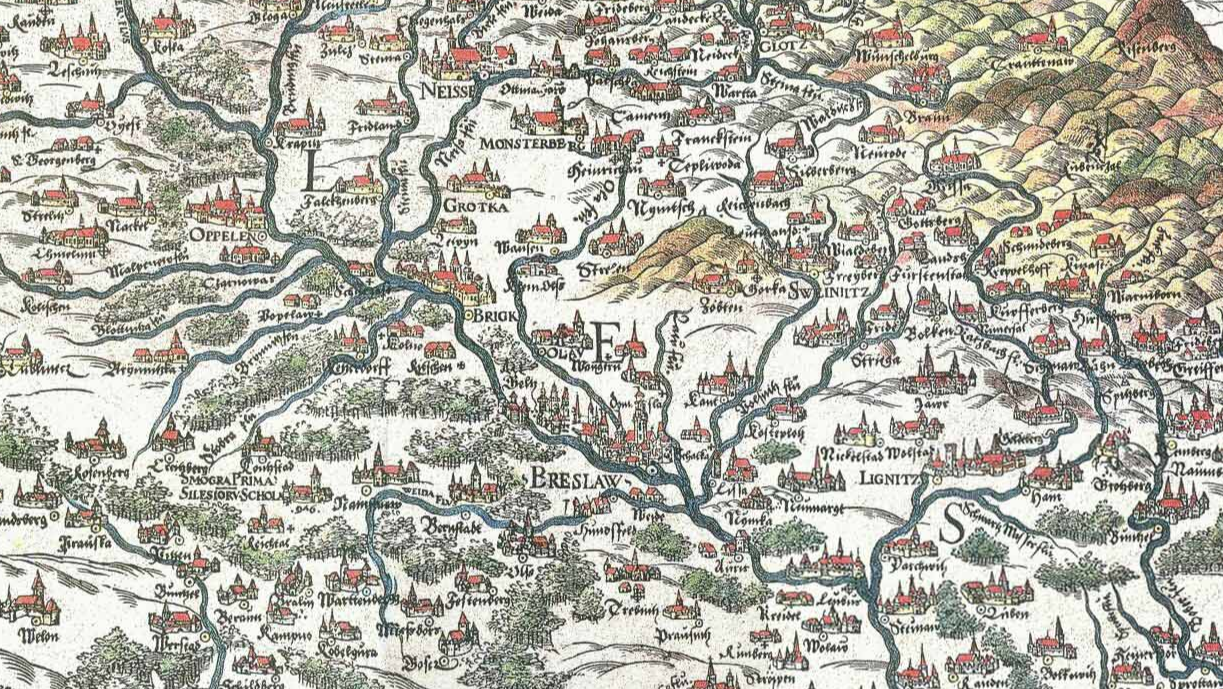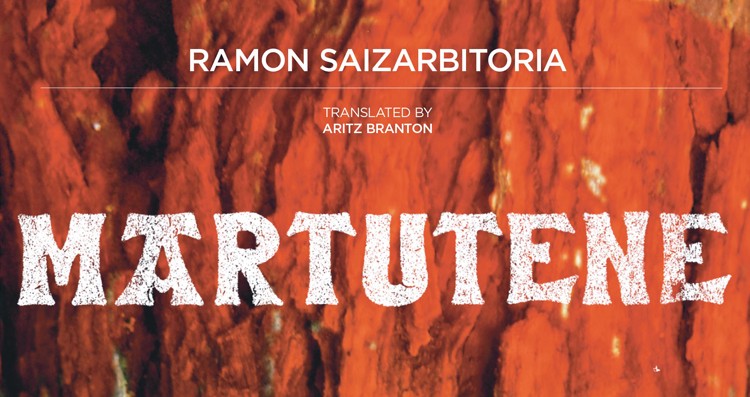Books & Culture
Down and Out in Post-Communist Slovakia
Jana Beňová’s Seeing People Off features a quartet of indolent artists

Petržalka, a major neighborhood in the Slovakian capital of Bratislava, is the most densely populated residential district in Central Europe. It’s made up of paneláks, massive concrete apartment buildings from the communist era when leaders sought to provide large quantities of housing and to slash costs by employing cheap and uniform design. Elza, the protagonist of the novel Seeing People Off, describes the buildings like advent calendars, “Window after window with a common backstage.”
The setting of Jana Beňová’s first book in English, translated by Janet Livingstone and published by Two Dollar Radio, is mirrored in how the novel itself is built. The bursts of narration — as short as a few words and rarely longer than a page — are recurring contained units, and they provide a stabilizing uniformity to an otherwise eccentric set of characters and scenes. These vignettes are self-contained, but just like in those paneláks, the noise travels between them.
Elza says, “In Petržalka apartments all the walls play music and talk.” Far beyond the common struggle of early-morning garbage trucks or the footsteps of the people upstairs, Elza wakes up before dawn to the rhythmic singing of the Petržalka muezzins, their voices thudding against the walls, coming down from the ceiling, and throbbing from below.
Elza tries to pee in the comfort of her own bathroom, but the neighbor is laughing so aggressively that the sound encircles her “like a strap that’s too tight,” leaving her frozen on the toilet. “I leave the living room and look for a refuge,” Elza says in another scene as she escapes the noise coming through one wall. “But here the shouts of the woman in love reach me. I have the feeling that they woke up at night, took me out of my cell and sat me down in front of a porno film. But not just any porno film. The kind of porno film where they shit and piss.”
Sorry to Disrupt the Peace is Deeply Moving and Honest
Elza still somehow finds a lot to love in Petržalka, and the forced community in this book is one of its central joys. Many of the characters in Beňová’s book are rugged underachievers and one character claims that “the genius loci of Petržalka is in the fact that, in time, everyone here starts to feel like an asshole who never amounted to anything in life.” In the case of Elza, Ian, Lukas, and Rebeka, they’re a quartet of artists.
While some artist get their stipends from prestigious fellowships, Elza, Ian, Rebeka, and Lukas manage it in a much scrappier fashion: One of them works and makes money while the rest sit around drinking coffee and booze and creating. They rotate this responsibility. Beňová writes, “They were always shivering with cold, not dressed heavily enough, warming their hands on the hot mugs, mixing all kinds of alcohol, and continually writing something or making notes in books or magazines. Sometimes they would close a book loudly, put their hand on the spine and look off into the distance with a sigh.”
But while this posture of artistic indolence in the midst of post-Soviet disrepair can feel fun, the inactivity also claws at the characters, particularly Rebeka who’s made anxious by the productive bustle of others. In one vignette, Rebeka excitedly realizes she can levitate a shot glass using her mind. “She thought that her telekinesis abilities would save her life,” Beňová writes. “She wouldn’t have to earn money. They would leave the city and live in a little house by the sea. On one of the Greek Islands. Preferably Patmos.” But scientists later test her and find her telekinesis to be too humble and inconspicuous. “Three out of five people can do this. They just don’t know about it,” the experts tell her.
Petržalka is a major part of Bratislava, but Elza grew up in the old part of the city. She was raised believing that the Old Bridge was the beginning of an unpredictable road, where “a Sunday stroll changes to a fights for one’s life.” The experience of living in the nondescript towering apartment buildings of Petržalka is embodied in an early scene in which a young Elza goes to an outdated amusement park with her grandma. After getting rocked around while riding the old bumper cars, and staring at the bent-over men wandering the muddy complex, Elza enters the mirror-maze with her grandma. “We can’t get out — no way, no doors, the mirrors aren’t windows, nothing, just me and Grandma, Grandma and I, and our faces in the mirrors getting paler and paler.”
While there are two sides to this city, they are worlds apart. As Elza points out, even the rats don’t cross the bridge (the perk of which is that city officials can poison one side of the city at a time to exterminate the vermin). But when Elza’s mom and grandmother get on the wrong bus that ferries them deep into the high-rise apartment buildings, they grow frantic, just like Elza and her grandmother did in the mirror maze. “Miss! Miss! Excuse me, how can we get to Bratislava?” Elza’s mom blurts out to a stranger. “But you already are,” the woman says, “You are in Bratislava.”
They would be horrified to know that this is the Bratislava their own Elza would grow to happily call home.









